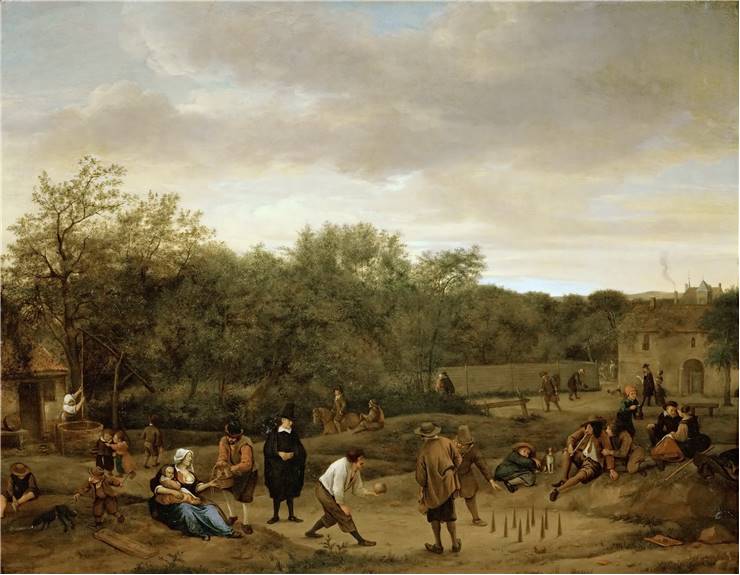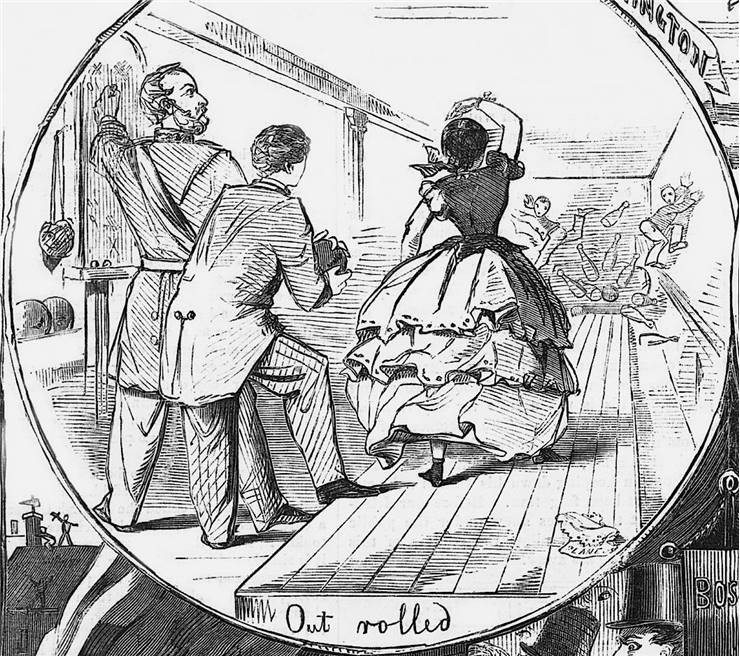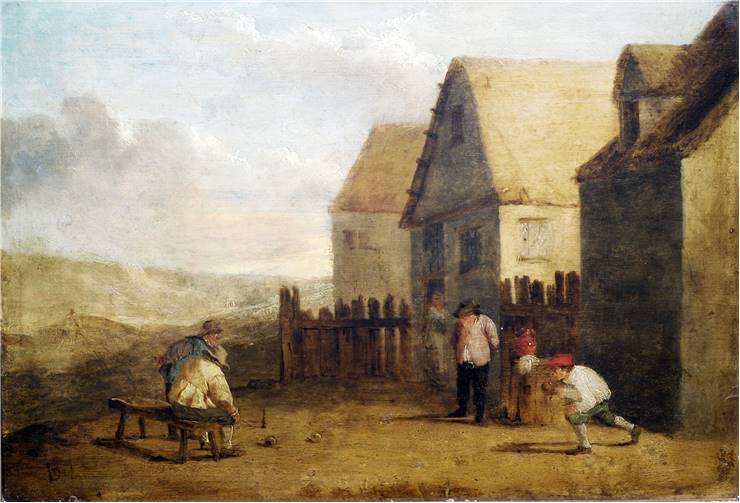History of Bowling - Origins and Evolution of Bowling
Bowling is one of the most popular leisure and sports activities today in which players throw or roll a bowling ball towards a target. Most people consider bowling an entertaining indoor game played with friends and family. It includes going to a bowling alley, renting bowling shoes, taking a ball, and trying to knock down all 10-pins in one or two tries. Other than this traditional 10-pin bowling, there are various bowling games nowadays.
Sources tell us that the earliest known forms of bowling can be traced back to circa 3200 BC in ancient Egypt. However, these old versions of bowling may look different from the modern versions. There is not much information on the game's early stages until 2000 years ago.
Perhaps the biggest and the oldest discovery that archeologists have made are objects found in ancient Egyptian child’s tomb and identified as bowling equipment, such as pins, bowling balls, etc. The game can also be traced back to ancient Yemen, Germany, and Finland. In Polynesia, archeologists have also found balls of stone and pins that were utilized for the regional game called “Ula Maika.” Herodotus noted various forms of bowling. He said that was an invention of the Lydians in Asia Minor. Another rough form of bowling evolved within Roman empire borders about 2000 years ago. Roman soldiers used to toss stone objects to get them as close as possible to other stone objects. Centuries later, this form evolved into Italian “Bocce,” outdoor bowling. The Gallic tribe of Helvetii played this game in northern Italy during Cesar’s rule (50 BC).
In the 5th century AD, the game started to take the shape of bowling as we know it. The location of this development was within approximate German borders. Bowling was still not a sport at the time but a ceremonial ritual. Pins, seen as evil spirits or demons, were toppled by stone objects so that participants would cleanse their spirits and free their souls. As centuries passed, stone materials were switched to wood to create balls and pins. William Pehle, a medieval historian, claimed that there was evidence of bowling in Germany around 300 AD. The game was played in cloisters of cathedrals where there was a custom of having parishioners, according to the ancient chronicles of Paderborn. A parishioner would be given a ball and asked to throw it at the “kegel,” meaning heathen. In the case of a hit, the thrower is considered not to be a sinner. If the outcome is the opposite, the parishioner should attend services more often. In the centuries to follow, there were no records of significant changes in bowling. During the 1300s, only three pins were used in some German regions, while in others, it was common to have 17 pins in the game. It also became a popular sport in Great Britain. The game was the favorite leisure activity for King Edward III’s soldiers. According to some sources, the game started indoors in England in the 15th century.
Eventually, bowling separated from the church and became a secular sport across European countries, such as Switzerland, Spain, Austria, and Scandinavian countries. It was not unusual to see bowling greens at rich people’s estates. However, the game began to gain bad reputation due to its associations with gambling and drinking. Too many royal army soldiers were spending most of their off-duty time bowling, so they didn’t practice their archery skills enough. Those skills were essential to the national defense during the 100 Years' War. Eventually, the king decided to ban the game since it became a great risk to national security.
The game eventually reached the United States due to Dutch and English immigrants’ efforts. The first written materials about bowling date from 1818 in Washington Irving’s book “Rip Van Winkle.” Initially, bowling was a 9-pin game in America. Still, since the game was associated with drinking and gambling, just as it was across the Atlantic, Connecticut banned “nine-pins.” The response to this was the addition of an extra 10th pin so that the game would be renamed to ”10-pin”. However, the town of Perry in New York State had already passed a bill banning the game regardless of the number of pins. The people's will proved to be stronger, and the popularity of bowling didn’t take a fall across the country. Organizing games away from the main parts of the cities enabled people to participate in these games nonetheless. As German immigrants began to move westward, the game’s popularity grew rapidly nationwide. That progress led to the formation of the American Bowling Congress in 1895 after the basic rules had been codified and equipment regulations got established. The first championship tournament was held in 1901.
A technological leap enabled the usage of more sophisticated materials for manufacturing bowling balls. The first rubber ball used in bowling in 1905 was named “Evertrue.” A decade later, the Brunswick Corporation developed the ball made of “mineralite.” This revolutionary rubber bowling ball called Brunswick's Mineralite introduced in 1906. Before these technological advancements, balls were only made of hardwood. The America Machine Foundry Company acquired patents to put an end to the “ pin boy,” whose job was to set up the pins. Instead of a person, this was done by an automatic “pin spotter,” which was introduced in 1952. These innovations led to the media’s praise, and NBC decided to air “Championship Bowling” for the first time.
Sweden began installing the first tenpin lanes at the beginning of the 20th century. Quite interestingly, most other European countries failed to popularize the sport despite multiple attempts. Decades later, Great Britain embraced the sport in the heat of World War II. Several hundreds of lanes were installed at American military camps.
During the 1950s, bowling underwent major technical improvements, such as the ball, electronic scoring, monitors that show the ball's speed and path, and more. In this period, different types of bowling and strategies were formed, leading to the game's standardization. Not only professionally but also for pure fun, families all over the USA began participating in national holidays, birthday parties, etc., so the number of bowling alleys increased nationwide.
According to documents, the first national competition occurred in Hannover in 1891. The first world bowling tournament was held in Finland's capital, Helsinki, in 1954. The tournament was held in three zones: Asian, American, and European.
In the 1960s, equipment manufacturers in the United States started looking for new markets where they could invest more. In 1961 the British Tenpin Bowling Association was formed after receiving support from America’s ABC. Before long, Mexico and Australia began to follow this tenpin trend, as did some Latin countries.
The sport is nowadays enjoyed by 95 million people in almost a hundred countries worldwide, according to statistics. In the USA alone, between 60 and 70 million people bowl at least once a year, with about 7 million competing in the league. Bowling continues to be among the favorite activities among friends. It is a relaxing and fun sport that doesn't involve many risks.
The history of bowling is constantly being written. This sport continues to grow since people keep improvising and developing new ideas to make bowling even more exciting. Variations of the game depend upon pin and ball size, candlepins, and duckpins.


